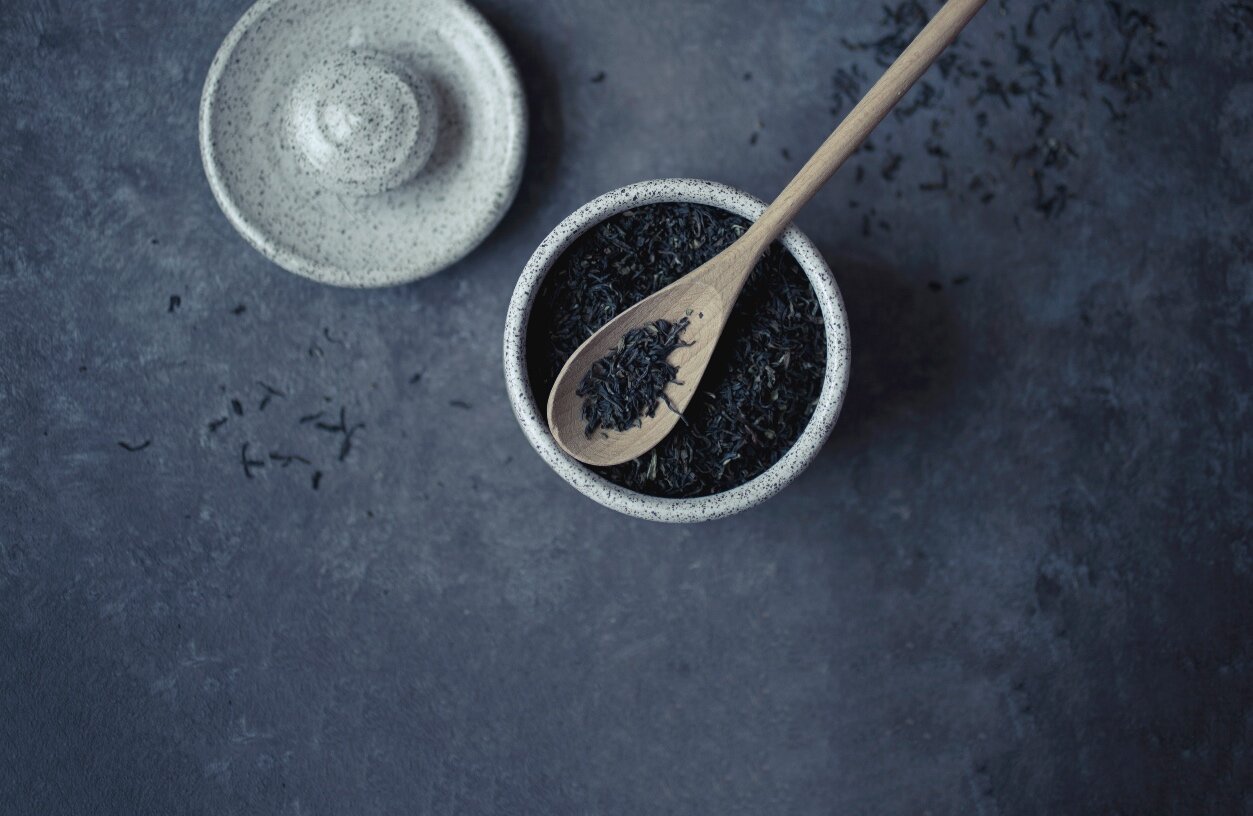
Vintage Tea
The Rare Promise of Nature in a Cup
What does “nature in a cup” mean? Our tea comes from select sites among premier growing regions within China, Japan and Taiwan, or less often, India and Nepal. So nature in a cup is our promise. That our tea is foraged from wild or ancient trees, or in other cases, grown on small, family farms. Produced by traditional, small batch methods before being shipped directly to the US. In the interest of full disclosure, sometimes our designated liaison in Asia must receive tea prior to it being air dropped due to importation regulations. Please also realize that tea of the Camelia sinensis plant is rarely grown in North America for tea production, and is therefore not locally available,
How is this different from other tea? The very best tea is seldom shipped abroad because there is a ready and willing market for it to be consumed domestically. 99% of tea shipped to North America is export grade. Such tea is not grown on the highest peaks, nor the best sites. It is not picked from old growth tress. And it is not made by an individual, or a family. Rather, it uses industrial agriculture methods for yield increases, and an industrial tea plant for production. Once finished, it is then managed by brokers whose sole job it is to buy and sell it countless times. And eventually this circuitous trade route reaches the US. This process is not teamaking. And the resultant product is not tea.
The Desirable Effects of Vintage Tea
What makes vintage tea possible? Because tea is an agricultural product, some have made the argument for enjoying it as close to harvest time as possible. This makes sense if the tea was not handled properly, and the clock is ticking. By contrast, we offer vintage tea that has been sourced, produced, packed and shipped correctly in order to protect it from further oxidation. This enables our tea to improve with age similar to fine wine. And the process occurs due to continued maturation in an oxygen free environment.
How does vintage tea change while maturing? As our tea evolves it tends to become more floral, before showing an increase in fresh fruit characteristics, and then finally exhibiting dry fruit nuances. This process occurs over 1 to 3 years, and to a lesser degree beyond this point. Oolong and Pu-erh benefit the most, often maturing with markedly favorable characteristics. White tea can also benefit quite a bit. Black tea changes less, and usually over a shorter duration of roughly 1 year. While green tea is desired to retain its vegetal and floral characteristics, so some limited, initial aging may be preferentially beneficial. A significantly positive impact is determined by the quality of the initial tea, as well as by other attributes.
How can I monitor or influence the results? Ultimately it is a matter of personal preference. Tea matures faster in warmer environments, and slower in cooler ones. If you are experienced with your tea preferences you can determine the optimal time for enjoyment. You can also learn how to manage this process for effect. Refrigeration is an option if done correctly as stated in detail on our steeping considerations page. Please also note, the indicated maturation times are entirely distinct from how long the tea will remain fresh and consumable. Prior to opening, all of our tea will remain fresh and consumable for many years.

